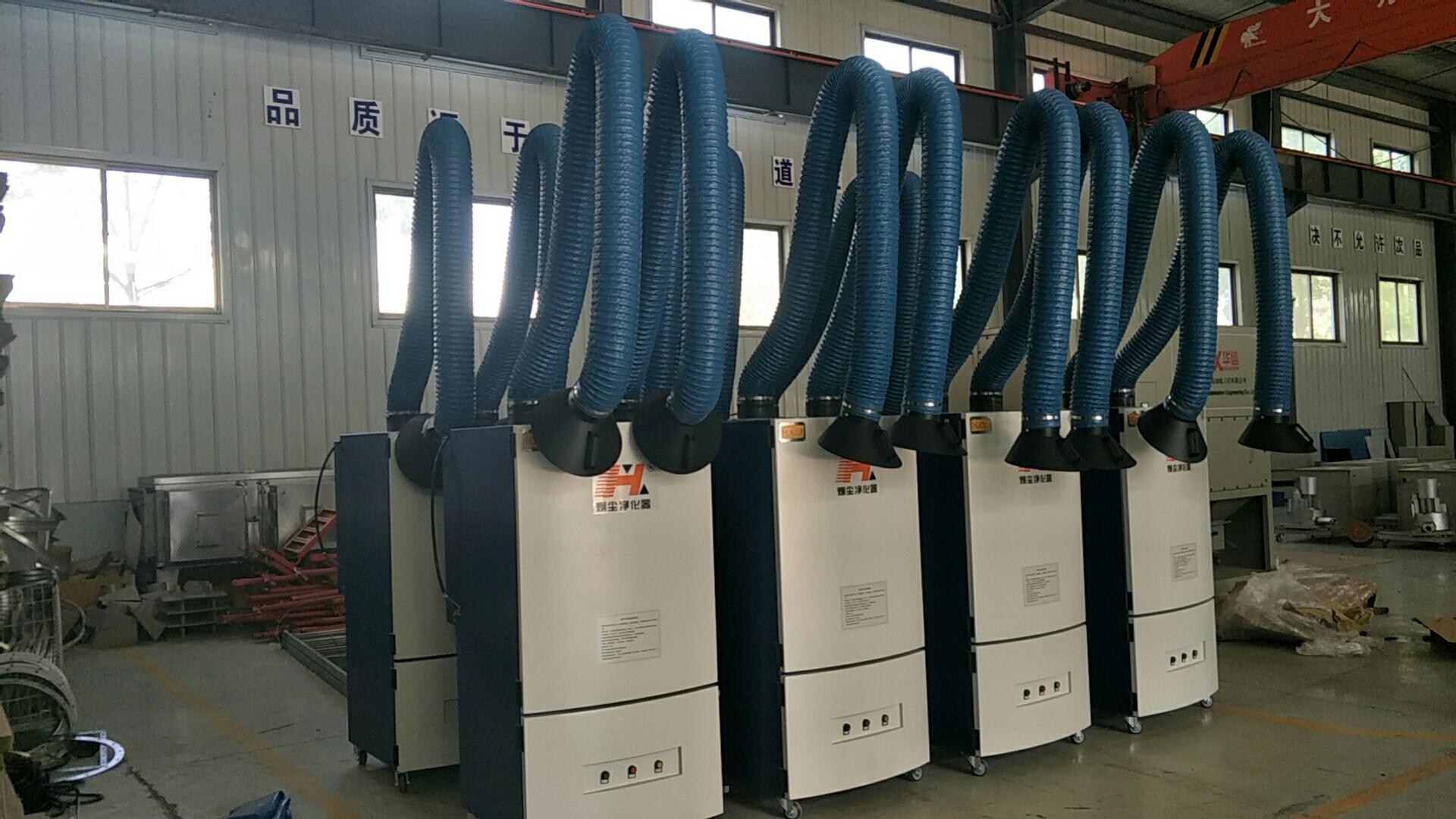Gas ratio concentration of welding process
Mixed gas mixing cabinet, also known as gas proportioner, is a large flow two-element or multi-element gas mixing device specially designed for gas protection, mainly used for centralized gas supply busbar matching, the device can be used to use two or more kinds of gas according to the requirements of the use of proportioning, and get uniform mixed gas. It can be widely used in railway, shipbuilding, chemical industry, machinery manufacturing, air-controlled fresh-keeping, electric light source, leak detection (alarm), disinfection and sterilization and other mixed gas protection occasions.
At present, more and more mixed gas is used as protective gas in industry, which greatly improves the welding quality, weld quality, welding speed, and reduces the spatter and labor cost. In order to accurately control the welding quality, it is necessary to carry out real-time and accurate analysis on the gas concentration of each mixture gas.
Mixing gas mixing tank
The working principle of
Two or multiple need to mix the gas through a one-way valve into the two-stage or multi-stage pressure balance device, balance the input pressure difference, so as to ensure that the mixture before the component gas and the pressure of the diluted gas is absolutely the same, and then adjust the flow control valve, the flow of various gases can be set according to the hope to achieve the proportion of gas mixing. In principle, the dynamic gas mixing method is adopted, which ensures the uniformity of the mixed gas, excellent reproducibility and stable proportion.
For the above mixed gases, we provide a variety of gas concentration analysis solutions:
0 ~ 50%/30% CO2, the rest of argon, CO2 concentration needs to be measured, mainly using the infrared measurement principle (NDIR, non-dispersive fra-red)
0 ~ 50% CO2, the rest nitrogen, CO2 concentration needs to be measured, mainly using the infrared measurement principle (NDIR, non-dispersive Infra-Red)
0 ~ 50% argon, the rest of helium, helium concentration should be measured, mainly using the Thermal Conductivity measurement principle (TCD)
0 ~ 2% Oxygen, the rest of argon, you need to measure O2 concentration, mainly using 3D ion flow measurement principle (3D Oracle Database)
0 ~ 10% hydrogen and the rest argon, H2 concentration is measured, mainly using TCD (Thermal Conductivity Detection).
0 ~ 20% Oxygen, the rest of argon, you need to measure O2 concentration, mainly using ion flow measurement principle (3D Oracle Database)
0 ~ 5% oxygen, 0 ~ 15% carbon dioxide, and other argon, argon and O2 concentrations need to be measured simultaneously. (NDIR,None-Dispersive Infra-Red)
0 ~ 50% argon, the rest helium, no present





 Facebook
Facebook YouTube
YouTube LinkedIn
LinkedIn Twitter
Twitter